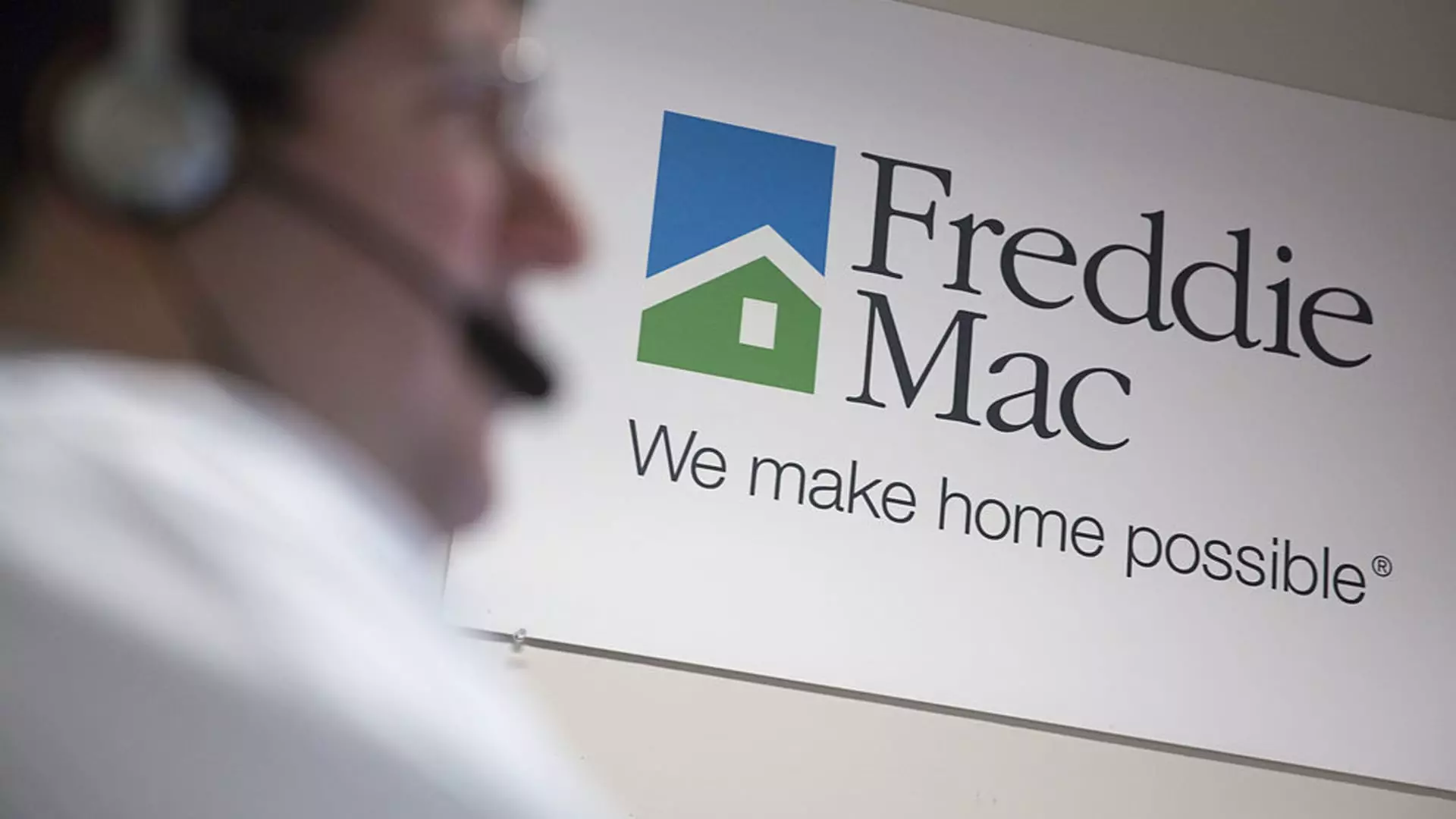The Future of Fannie Mae and Freddie Mac: Navigating the Path to Privatization

Fannie Mae and Freddie Mac hold crucial positions within the U.S. mortgage system. These government-sponsored enterprises (GSEs) were established to facilitate home financing and stabilize the housing market, but today they operate under the federal government’s conservatorship. This extraordinary arrangement, which began in September 2008 amidst the global financial crisis, has fostered debate about the future of mortgage finance in America. The key question looming over policymakers is whether the current conservatorship should come to an end or undergo reforms that could reshape the landscape of mortgage lending.
Mark Calabria, former director of the Federal Housing Finance Agency, reflects on the status of Fannie Mae and Freddie Mac, stressing that while positive trends in the economy are promising, they must not obscure the risks faced by taxpayers. “We have a mortgage finance system that works really well on the upside,” Calabria states, “but is it prepared for a downturn?” This crucial inquiry underscores the persistent tension between promoting homeownership and protecting taxpayer interests.
The backdrop of Fannie Mae and Freddie Mac’s conservatorship is painted with uncertainty. Their collapse in 2008, triggered by widespread borrower defaults and a staggering housing market crisis, prompted the government to step in with an unprecedented $100 billion bailout. During the years that followed, an eye-watering $301 billion was repaid to the Treasury, a testament to the financial recovery of these institutions, albeit at a high cost to taxpayers. The immense scale of foreclosures during this period—nearly 3.8 million homes lost—became a haunting reminder of the fragility of the housing market and the importance of regulatory oversight.
Despite their restoration to robust financial health, questions remain about the implications of privatizing these entities. Would a return to private market operations lead to a sustainable future for Fannie and Freddie, or could it resurrect the culprits of the past?
Advocates for privatizing Fannie Mae and Freddie Mac, like Calabria, argue that a shift toward private enterprise could encourage competition and innovation within the mortgage sector, enhancing overall market efficiency. Moreover, they contend that privatization would not necessarily lead to increased mortgage rates; rather, it might even have the opposite effect. On the other hand, those in favor of maintaining government control express grave concerns about market stability without the implied backing of federal resources. Economist Mark Zandi warns that without this safety net, mortgage rates could soar by as much as 90 basis points, potentially making home mortgages less affordable for millions of Americans.
The ongoing debate surrounding privatization reflects broader concerns about economic fairness and the role of government in protecting the public interest. Critics argue that privatizing these entities risks jeopardizing the hard-earned stability that American homeowners have come to rely on post-2008 crisis.
The path forward for Fannie Mae and Freddie Mac is fraught with complexity. As the Biden administration navigates the implications of potential reforms, it must evaluate the fine balance between fostering a thriving mortgage market and safeguarding taxpayer interests. Ending conservatorship could foster a renewed sense of private ownership, yet it poses risks that must be thoroughly assessed.
Furthermore, as these discussions unfold, market participants and consumers alike are left uncertain. The mortgage landscape is continuously morphing alongside evolving economic conditions, making it a challenge to predict the appropriate course of action. Ultimately, the future direction of Fannie Mae and Freddie Mac will serve as a critical indicator of both housing market health and broader economic stability in the United States. As stakeholders continue to analyze their roles, the decisions made in the coming years will have enduring repercussions for millions of American families seeking to secure their places in the housing market.





